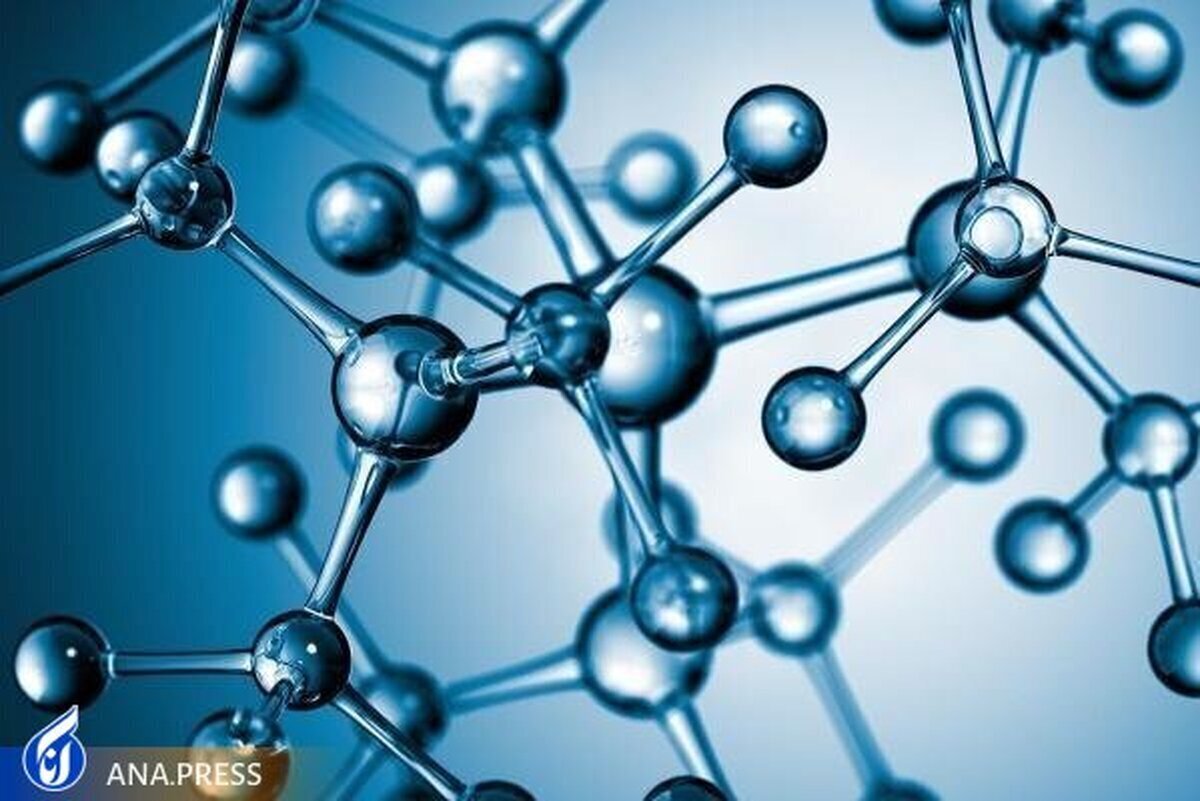Iranian Indigenized Nanotechnology Improves Quality of Metal Products

Die casting is among the methods that are used for manufacturing nano-tech steel products and amorphous metal products.
Die casting is a type of casting in which molten metal is quickly transferred to a metal mold and the solidification of the metal is in this mold.
Also known as amorphous metal casting, this process creates superior, corrosion-resistant, and high-strength ready-to-use parts.
It is an automated casting process in which the liquid melt is pressed into a mold under high pressure and at a high filling speed.
There are processes that use either high or low pressure to produce the components. While high-pressure die casting accounts for around 50 percent of light metal casting production, low-pressure die casting only accounts for just under 20 percent of total production.
In high-pressure die casting processes, proper temperature control of a die yields high casting production rates and superior quality components.
Die temperature is usually influenced by various die design and process parameters such as the size and location of internal water-cooling lines, flow rates of cooling lines, and pouring temperature of molten metal. Among them, the cooling water flow rate plays a major role in controlling the thermal pattern of the die.
This method is used for manufacturing parts with high strength, cooling the mold, and speeding up the process of solidification.
One of the advantages of this method is the production of very thin parts with very high strength. The possibility of controlling the cooling rate can affect the final structure and consequently the mechanical properties.
Over the past year, in order to realize a resilient and knowledge-based economy, a series of activities have been carried out to further develop the ecosystem of innovation and technology in the country, according to the vice-presidency for science and technology.
Approving a law on increasing knowledge-based production, and expanding support of knowledge-based companies and institutions were among the activities.
Moreover, in the field of innovation and entrepreneurship ecosystem development, 65 creative houses and innovation centers, and 30 specialized accelerators have been established.
4155/g





















